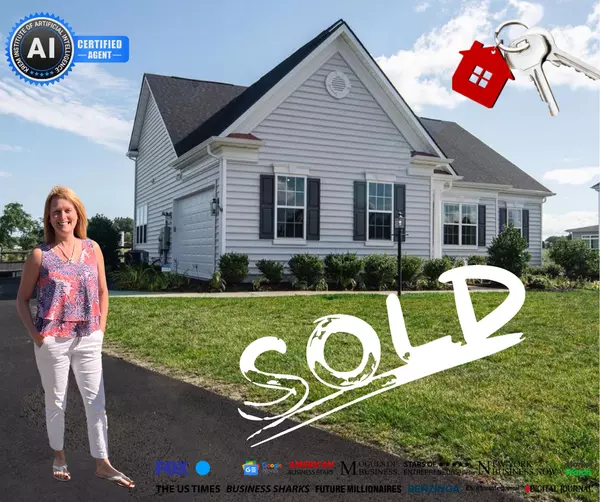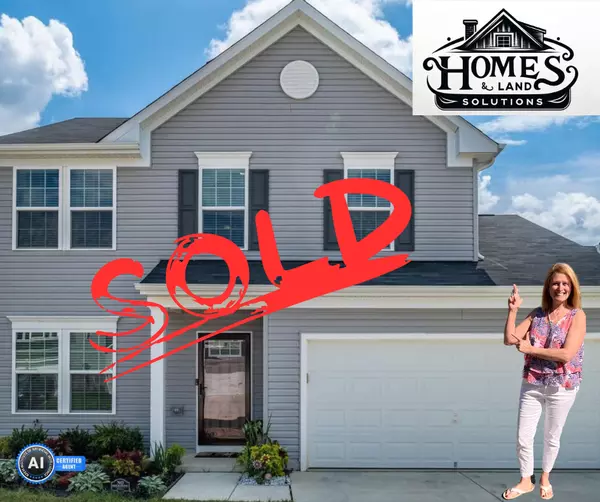The Market is Slowing Down in some markets
 In many real estate markets across the country, a noticeable shift is taking place. The rapid pace we've grown accustomed to in recent years is beginning to slow down, and various indicators are highlighting this trend. Homes are staying on the market longer, price reductions are becoming more common, and builders are increasingly offering incentives to attract buyers. Let's delve into these aspects to get a clearer picture of the current market dynamics.
In many real estate markets across the country, a noticeable shift is taking place. The rapid pace we've grown accustomed to in recent years is beginning to slow down, and various indicators are highlighting this trend. Homes are staying on the market longer, price reductions are becoming more common, and builders are increasingly offering incentives to attract buyers. Let's delve into these aspects to get a clearer picture of the current market dynamics.
Real estate experts and analysts have been closely monitoring the market, and the extended time homes are spending on the market is one of the most telling signs. Not too long ago, properties were often snapped up within days or even hours of listing. Now, it’s not uncommon to see homes lingering for weeks or even months before finding a buyer. This shift can largely be attributed to a combination of factors, including rising interest rates and economic uncertainties which are making buyers more cautious. With fewer bidding wars and less frenzied activity, potential buyers are taking their time, exploring options, and negotiating harder.
Another significant trend we're seeing is the increase in price reductions. Many sellers, having become accustomed to a seller’s market, initially set their listing prices high based on the past few years' unprecedented growth. However, as demand eases and inventory builds up, they are finding it necessary to lower prices to attract buyers. Price reductions signal a balancing act occurring between supply and demand. This correction, while challenging for sellers, can be a boon for buyers looking to enter the market or upgrade their homes without facing the sky-high prices seen previously.
In conjunction with these market adjustments, home builders are also feeling the pressure to adapt. Builders are keenly aware that the slowing pace and changing dynamics necessitate new strategies. To cope with the slowdown, many are offering incentives to lure buyers. These incentives can range from paying for closing costs and providing interest rate buy-downs to offering upgrades and customizations at no additional cost. Such perks are designed to make new constructions more appealing and competitive compared to existing homes. This approach not only helps to keep the builders’ projects on track but also offers prospective homeowners more value for their money.
Furthermore, the slowdown is prompting a more measured and stable market environment. For instance, buyers who were previously priced out or overwhelmed by the competition now have more breathing room and stronger negotiating power. On the other hand, sellers are learning to adjust their expectations and become more realistic about pricing and the time frame it may take to close a deal.
While a slower market might sound concerning at first glance, it's important to recognize the broader implications. This kind of market correction can lead to a healthier, more sustainable housing environment in the long run. The previous rapid growth was largely unsustainable, leading to affordability issues and market volatility. A cooling down period allows for a more balanced market, which benefits consumers, agents, and developers alike.
In conclusion, the current shift in the real estate market – homes staying on the market longer, increasing price reductions, and builder incentives – reflects a transition towards stabilization. For buyers, this could mean more opportunities and better deals; for sellers, it calls for adaptability and realistic pricing; and for builders, it translates into offering more competitive advantages. As we navigate through these changes, understanding these trends can help all stakeholders make more informed and strategic decisions in the real estate landscape.
Categories
Recent Posts











